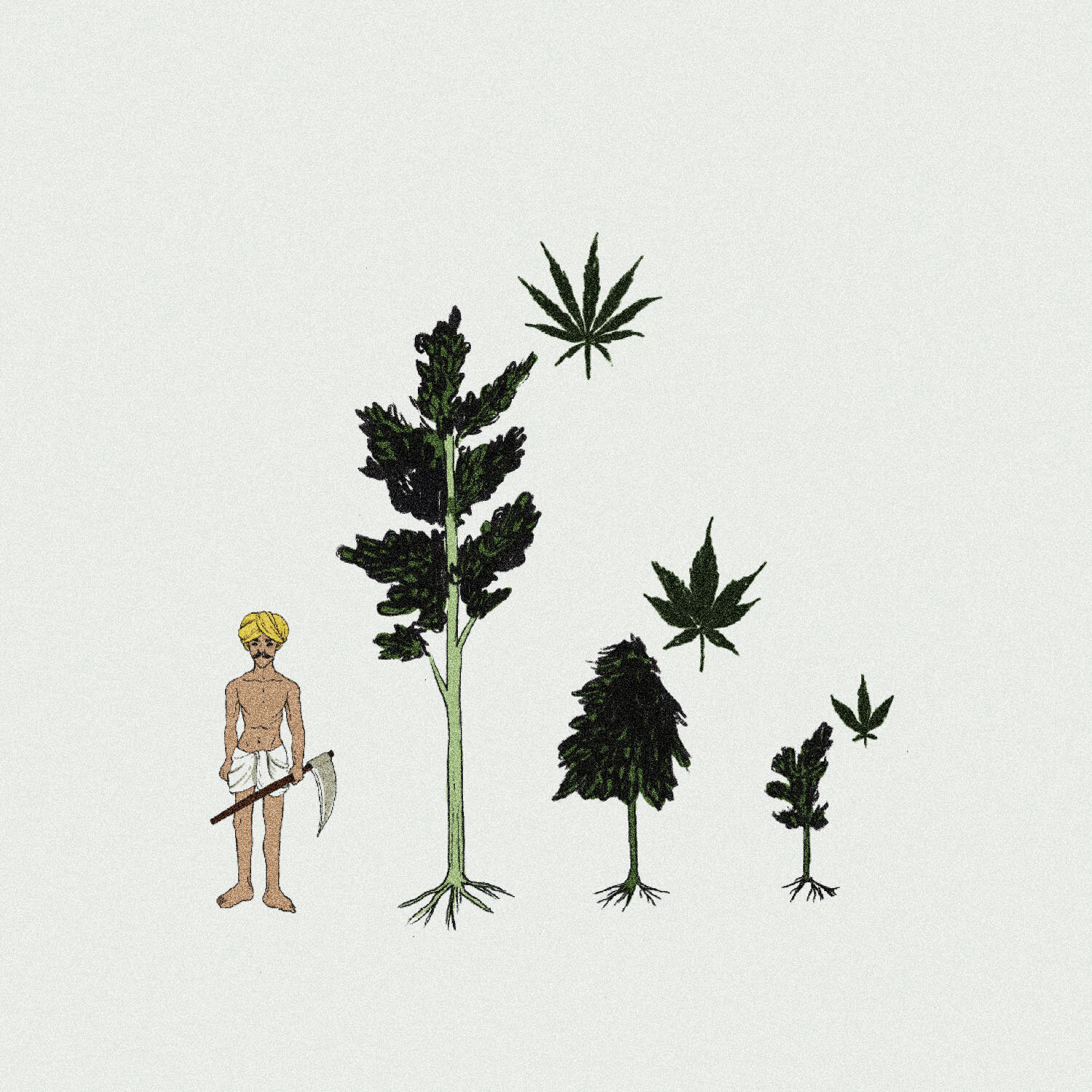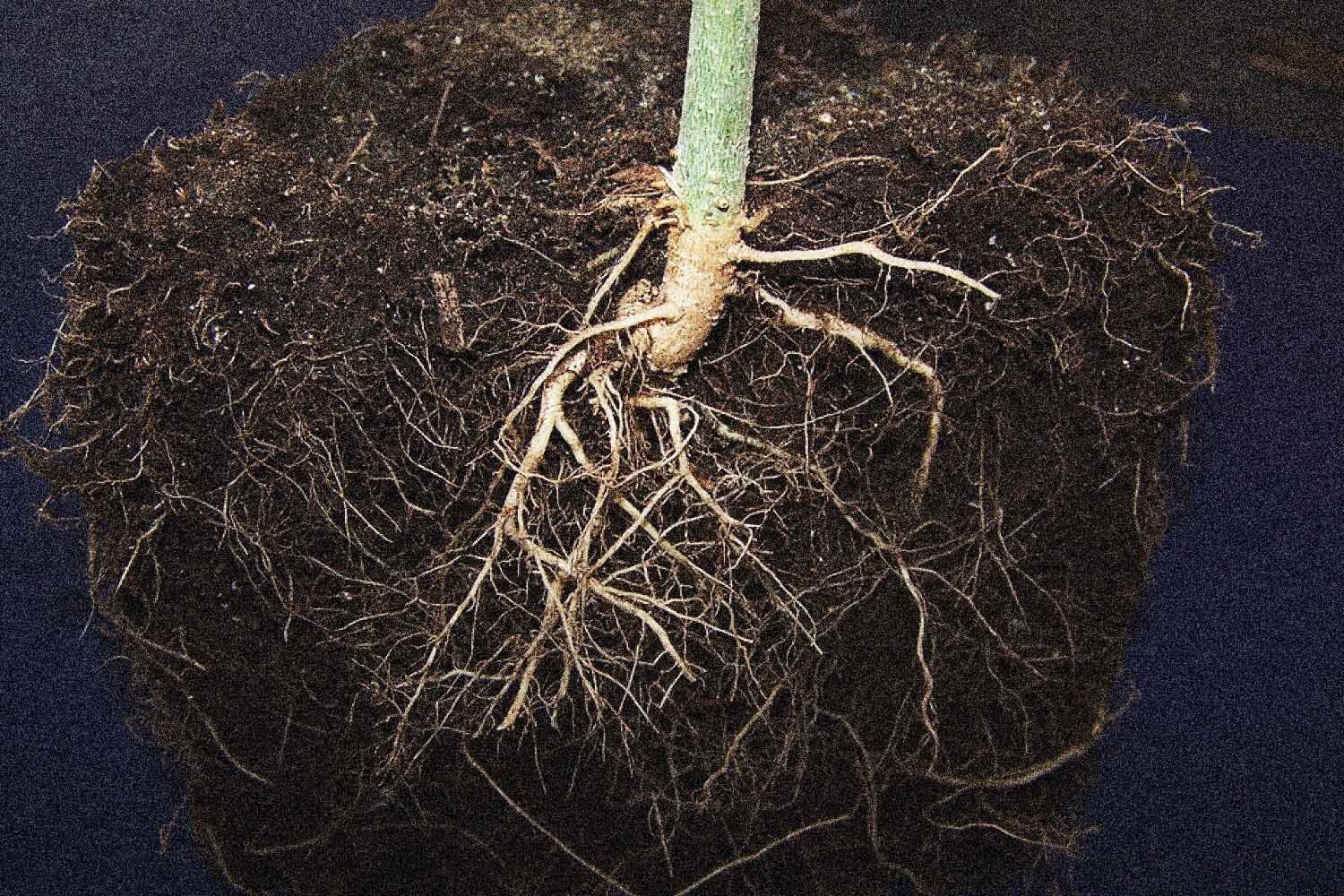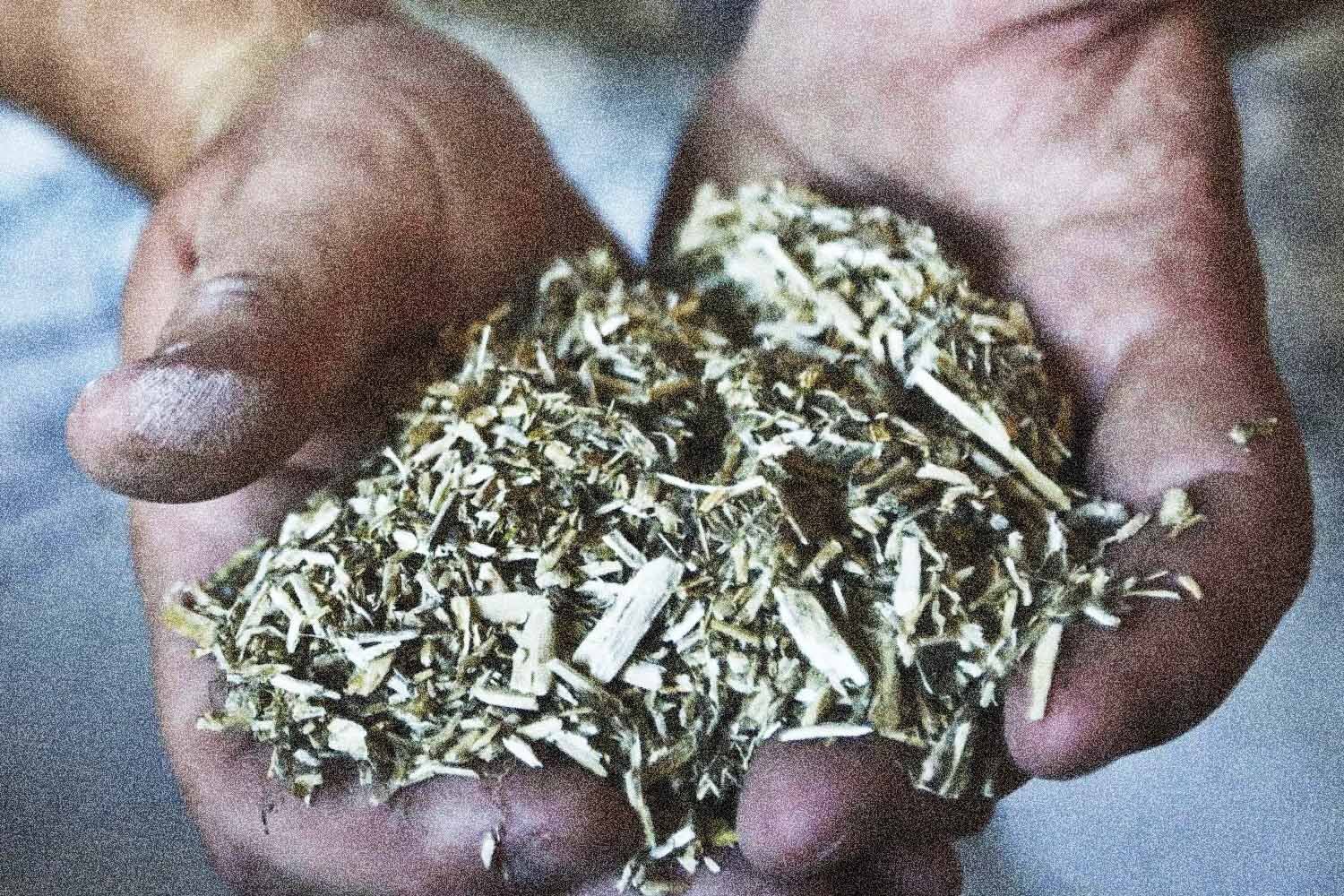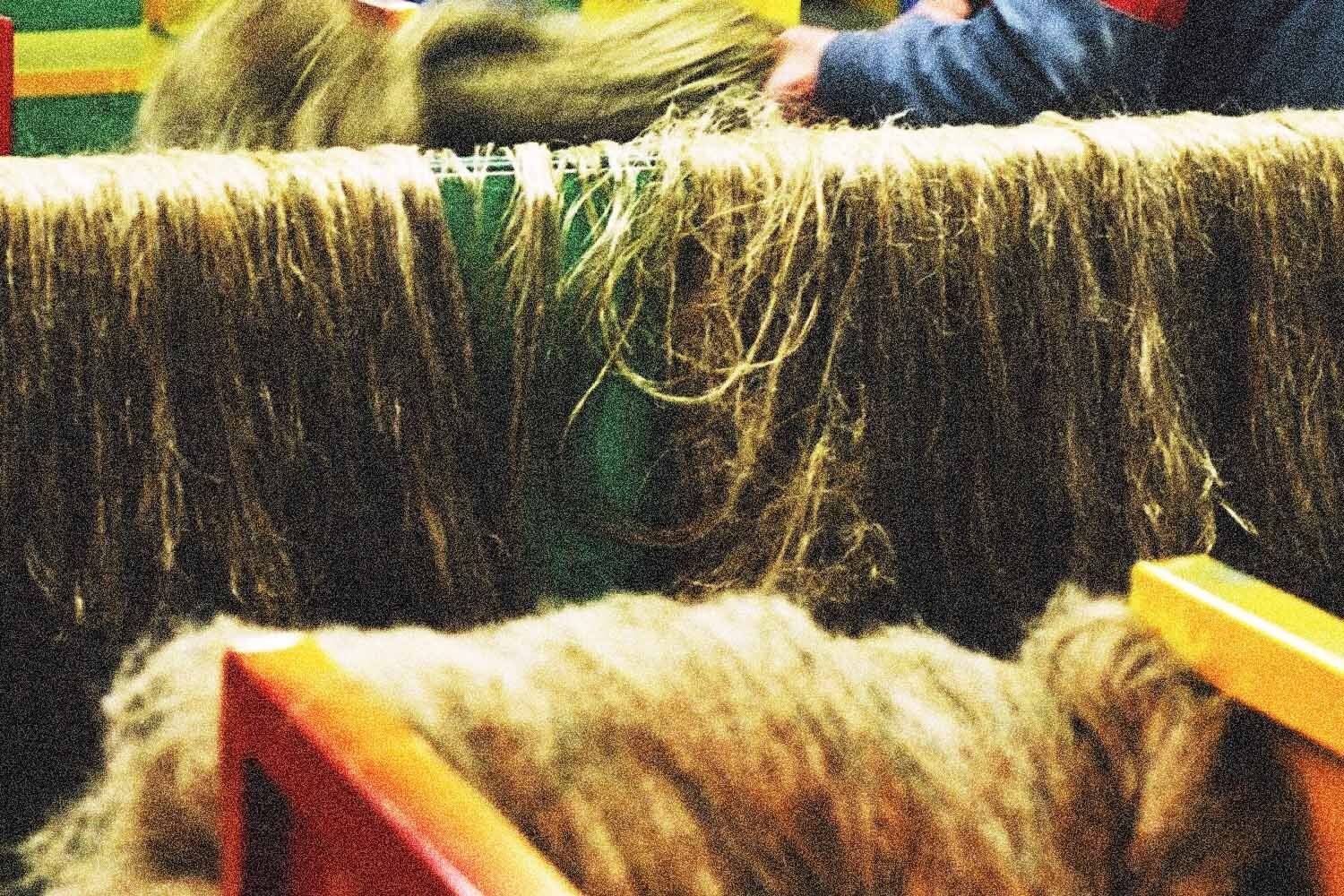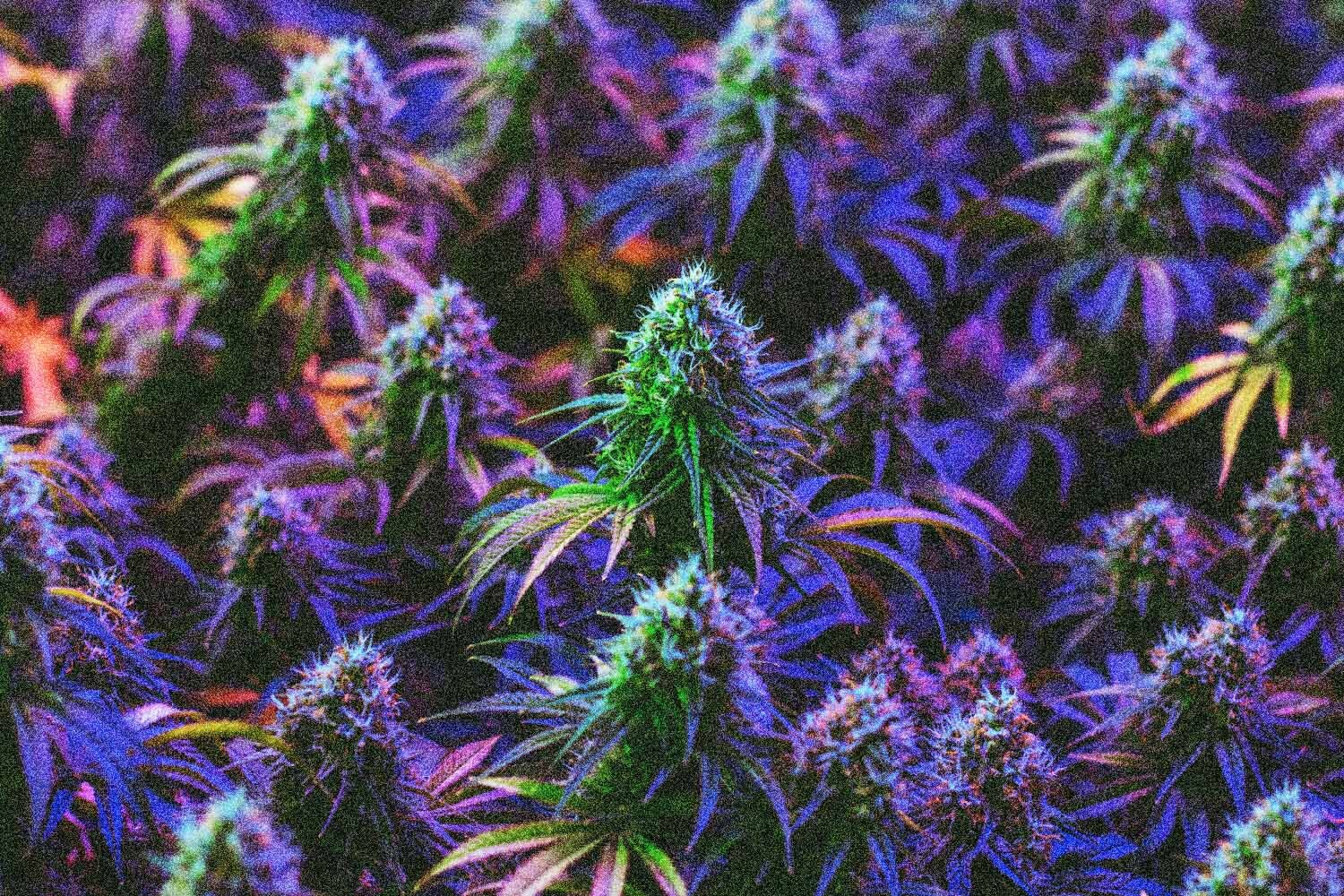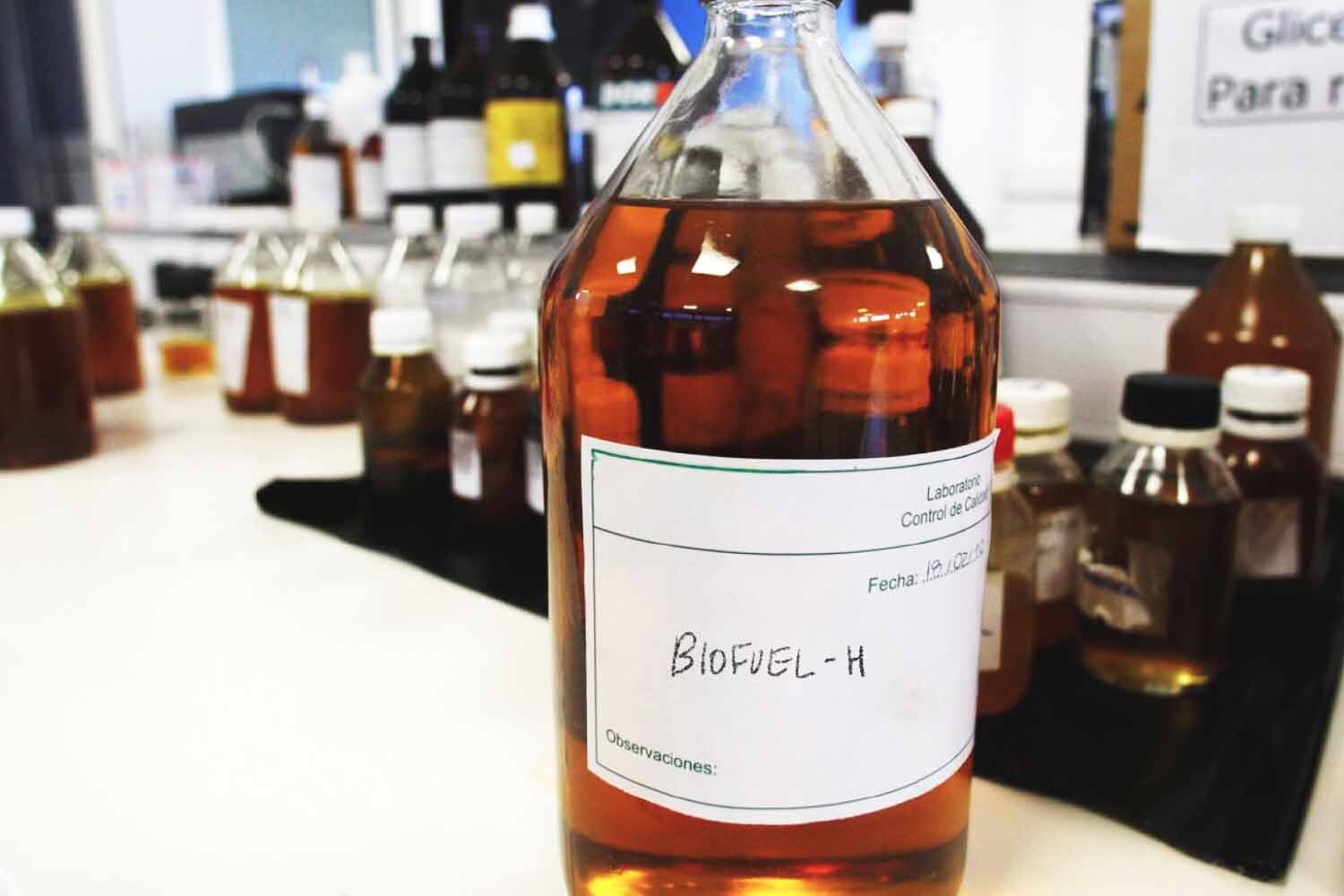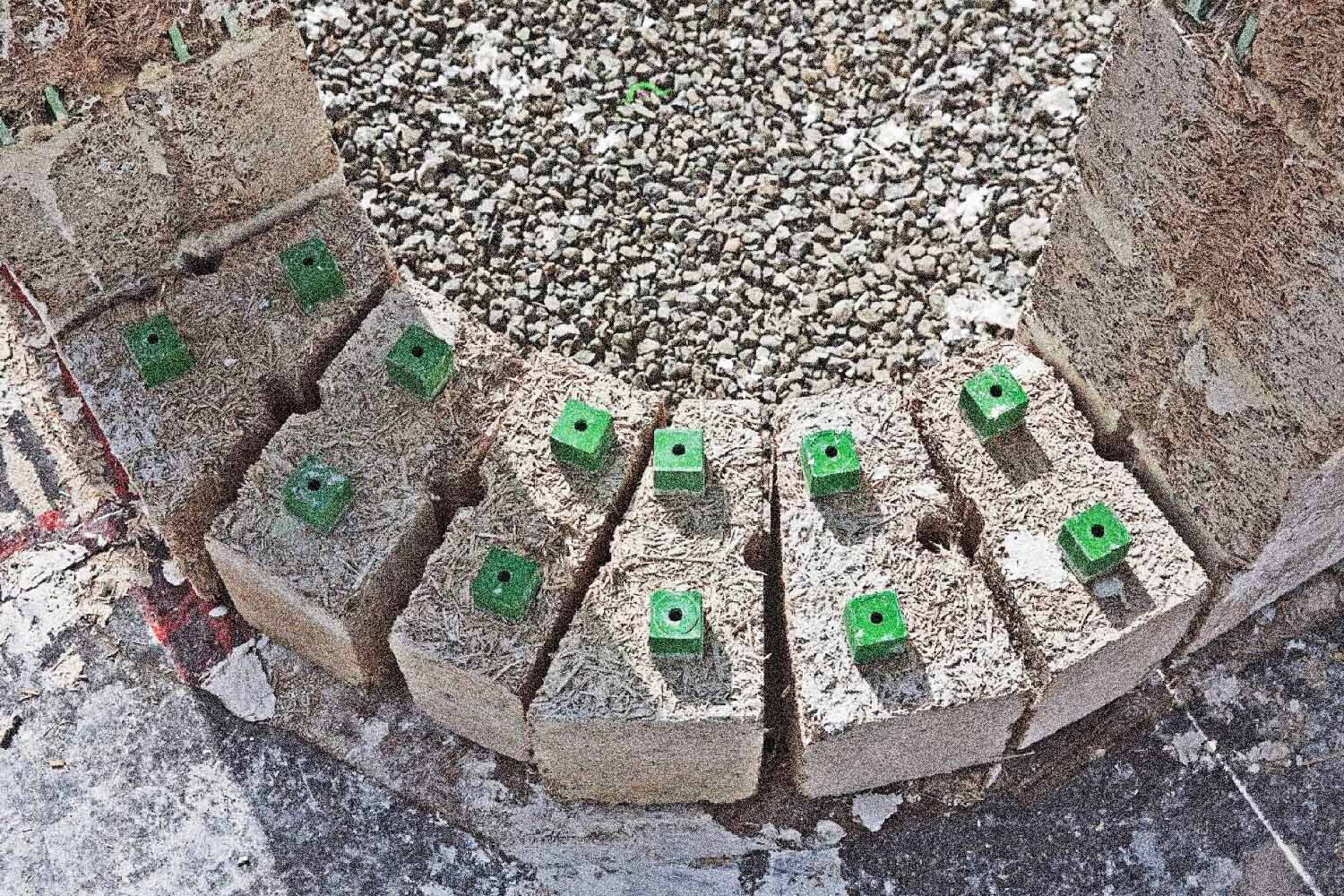
Table of Contents
Other names of Cannabis
Various classifications
Clearing misinformation
Two main varieties
Different strains
Known effects
Parts of the plant
Uses and applications
Impact on the world
Other names of Cannabis plant
Má
Indian-Hemp
Gañjikā
Vijaya
Siddhi
Kinnab
Hemp
Other names of Cannabis flowers
Gānja
Bhangi
Kencha
Gudiya
Dagga
Marijuana
Pot
Weed
Grass
Herb
Names of Cannabis preparations
Bhāng
Charas
Hashish
Kief
Wax
Oils
Concentrates
Tinctures
Classification based on Botany
Cannabis Sativa (L)
(L. stands for Linnaeus, and indicates the authority who first named the species) Linnaeus was familiar with European Hemp, which was widely cultivated during 1753 which was when Linnaeus first classified the genus Cannabis as a mono-species in the modern system of taxonomic nomenclature. Researchers largely agree that Cannabis Sativa (L) originated in Central-South Asia in and around the Himalayan territories of India - Nepal - Tibet - China. Sativa varieties are tall with rich stalks, light green thin 9 pointed leaves, and it produces high THC and low CBD in its flowers.
Cannabis Indica (Lam)
In 1785, noted evolutionary biologist Jean-Baptiste de Lamarck published a description of a second species of Cannabis, which he named Cannabis Indica Lam. Lamarck based his description of the newly named species on plant specimens collected in India. He described C. Indica as having poorer fiber quality than C. Sativa, but greater utility as a medicine. The name Cannabis Indica was listed in various Pharmacopoeias, and was widely used to designate Cannabis suitable for the manufacture of medicinal preparations. Indica varieties are short and bushy, dark green thick 7 pointed leaves, and it produces high THC and high CBD in its flowers.
Cannabis Ruderalis (J)
In 1924, Russian botanist D.E. Janichevsky discovered a new species of Cannabis along the Volga river in Russia. He noticed many morphological differences in height, shape and seed structures that was different from the other 2 known varieties and concluded that Ruderal Cannabis in central Russia is either a variety of C. Sativa or a separate species, and proposed C. Sativa L. var. Ruderalis Janisch, and Cannabis Ruderalis Janisch, as alternative names. Ruderalis varieties are dwarfs, very thin stalks, thin light green 5 pointed leaves and it produces high CBD and low THC in its flowers.
In 1970’s Schultes’ and Anderson’s described Cannabis to be not a mono-species. They concluded C. Sativa is tall and laxly branched with relatively narrow leaflets, C. Indica is shorter, conical in shape, and has relatively wide leaflets, and C. Ruderalis is short, branchless, and grows wild mainly in Central Asia between north of Afghanistan and south of Russia.
Classification based on Gender
Male Cannabis Plants
Male varieties of Cannabis produces just the pollens that are required to pollinate the female plant. It does not produce any psychoactive flowers or seeds. The pollens spread through the air and pollinate the Cannabis females.
Female Cannabis Plants
The female Cannabis produces the flowers which are used for medical and personal consumption. The flowers produces compounds that are potent psycho-active enhancers and it also produces edible and nutritious seeds if it is pollinated by the males.
Classification based on Uses
Industrial Cannabis-Hemp
Cannabis crop mainly used for industrial purposes to extract fibres, seeds, stalks, hurds/shives.
Medical Cannabis
Cannabis crop mainly used to grow flowers which produces cannabinoids and have a huge role in producing medicines.
Classification based on different effects
Relaxing Indica Strains
Indica strains of Cannabis causes very relaxing effects on the mind and body when its flowers are consumed.
Hybrid Indica-Sativa Mixed Strains
Hybrid cross-pollinated strains of Cannabis causes both relaxing and stimulating effects on the mind and body when its flowers are consumed.
Energetic Sativa Strains
Sativa strains of Cannabis causes stimulating and energetic effects on the mind and the body when its flowers are consumed.
The commercialisation of Cannabis-Hemp in the 20th century and mainly in the 21st century has created an impression that HEMP means Cannabis. It is wrong and also an international mistake.
Hemp is not something that is exclusive to Genus Cannabis. Between 15th century to 20th century, the fibrous variety of cannabis was called as the Indian Hemp. That name has almost disappeared and the world now just calls it as HEMP. As a matter of fact, any plant grown for fibres was known as Hemp. For example Sunn-Hemp, Jute-Hemp, etc.
This tall growing, long and lengthy fibrous variety belonging to the genus Cannabis should actually be called as Cannabis-Hemp.
Another great mistake is that HEMP is being globally and politically defined as a variety of Cannabis when its flowers produces only less than 0.3% TetraHydroCannabinol [THC] which doesn’t cause any narcotic effect. This definition of THC limitation under 0.3% was simply a regulatory standard adopted by America to allow as little THC as possible into its seeds based on United Nations International Narcotic Laws and Standards.
There is no place in the entire world where free and wild growing Cannabis Sativa would produce less than 0.3% THC naturally. The wild Cannabis-Hemp growing on the mountains still grow upto 15 feet long and produce anywhere between 1% to 5% THC in its flowers.
Also, the hidden agenda behind this classification and a botanically wrong definition was to monopolise the entire seed production and commercialisation for the industrial Cannabis-Hemp in a highly regulated manner so that only a few seed corporations can sell the seeds to an entire nation which can produce less than 0.3% THC in its flowers.
– Viki Vaurora
What is Industrial Cannabis-Hemp?
Industrial Cannabis-Hemp is a variety of Cannabis that is mainly grown for the purposes of extracting fibres, seeds, stalk and hurds with an intention to supply raw materials to make many bio-products. It is cultivated densely and hence the plant grows taller – producing lesser branches, lesser flowers and also lesser psycho-active compounds in its flowers than the medical varieties of Cannabis.
What is Natural Industrial Cannabis-Hemp?
Natural Industrial Cannabis-Hemp are those varieties that grows naturally while also producing moderate amounts of THC in the flowers. The flowers usually produce anywhere between 1% to 5% THC based on its genetic varieties. In this natural way of growing the industrial Cannabis-Hemp, the farmers grow the plants again from the seeds produced by the harvest of the previous crop. This is a natural biological evolution of the Cannabis-Hemp production and how the agriculture of any crop was carried out for nearly 8000 years now.
What is Hybrid Industrial Cannabis-Hemp?
Hybrid Industrial Cannabis-Hemp are those varieties that produce extremely low amounts of THC as defined by the international standards which is aiming to limit the Cannabis-Hemp varieties to produce less than 0.3% THC in the flowers. The farmers are mandated to not grow from the seeds that they have harvested from the previous crop since the plant genetics naturally evolve to produce more THC for every crop henceforth. The farmers are ultimately forced to pay one organisation and buy the hybrid seeds if they have to protect their license or even be allowed to grow the Cannabis-Hemp.
What is Medical Cannabis?
Medical Cannabis Indica is a variety of Cannabis that is mainly grown for the purposes of creating relaxing effects on the mind and body that is essential to treat many diseases and illnesses. Any medicines produced from Indica varieties will create a sedative effect upon consumption of its flowers or its extracts.
What is Medical Cannabis Indica?
Medical Cannabis Indica is a variety of Cannabis that is mainly grown for the purposes of creating relaxing effects on the mind and body that is essential to treat many diseases and illnesses. Any medicines produced from Indica varieties will create a sedative effect upon consumption of its flowers or its extracts.
What is Medical Cannabis Sativa?
Medical Cannabis Sativa is a variety of Cannabis that is mainly grown for the purposes of creating energetic and stimulating effects on the mind and body that is essential to treat many diseases and illnesses. Any medicines produced from Sativa varieties will create an energetic effect upon consumption of its flowers or its extracts.
Some Sativa strains can be very energetic and hence should be avoided to extract compounds for medical treatments. Sativa strains should be avoided completely to make any sort of edibles be it for medicines or for personal consumption. Only highly experienced Cannabis users and experts can and should use very mild Sativa strains to help patients suffering from fatigue and depression through just low doses.
Effects of Cannabis Indica
The relaxant effects of consuming Cannabis mainly comes from the Cannabis-Indica strains which are short, bushy and that naturally grows in cooler climatic conditions on highlands. It is extremely sedative and has high therapeutical values in treating pain, insomnia, anxiety and hundreds of other conditions and illnesses including but not limited to cancers. The relaxing effect mainly comes from the natural production of High THC and also High CBD in its flowers along with hundreds of other compounds.
Low doses of Cannabis Indica will lead to a beautifully mellow relaxing feeling in the mind and the body.
High doses of Cannabis Indica will lead to being extremely lethargic, un-energetic, relaxed muscles, calmer nerves, and sedation.
Extremely high doses of Cannabis Indica will lead to strong sedation and deep sleep for several hours.
Effects of Cannabis Sativa
The energetic effects of consuming Cannabis mainly comes from the Cannabis-Sativa strains which are tall, thin and that naturally grows in warmer climatic conditions on low lands. It is extremely stimulating and has high therapeutical values in treating fatigue, depression and many other conditions including stimulation of psycho-activity, induce joy, emotional upliftment, mental stimulation, etc and is best if its consumed as a smokable and not to be eaten as an edible. The energetic effect of Sativa mainly comes from the natural production of High THC and Low CBD in its flowers along with hundreds of other compounds.
Low doses of Cannabis Sativa will lead to instant rush, energy, creativity, synergetic thought patterns, joy and happiness.
High doses of Cannabis Sativa will lead to extreme amounts of energy, joy, laughters, physical movement, restlessness.
Extremely high doses of Cannabis Sativa will lead to severe restlessness, uneasiness, uncontrollable thought patterns, low focus, anxiety and heart palpitations for several hours.
How to consume the plant
Bhāng
(Flowers & Leaves)
Eating
Juicing
Brewing Tea
Gānja
(Dried Flower)
Smoking
Vaping
Eating
Juicing
Brewing Tea
Hashish/Charas
(Flower Resin)
Smoking
Vaping
Eating
Brewing Tea
Concentrates/Wax
(Essential Oils)
Sublingual Ingestion
Oral Ingestion
Vaping
Suppository
Topical Application
Micro Dose
Smoking just one or two inhalations of dried flowers within 24 hours.
Eating less than 15mg of 100% concentrate everyday*.
Moderate Dose
Smoking four to five inhalations of dried flowers within 24 hours.
Eating about 50mg of 100% concentrates everyday*.
Heavy Dose
Smoking about 500mg or half a gram of dried flowers within 24 hours.
Eating about 75mg of 100% concentrates everyday*.
Abuse
Smoking above 1000mg or one gram of dried flowers within 24 hours.
Eating about 150mg of 100% concentrates everyday*.
*Doses mentioned here are for those who want to enjoy the personal consumption of Cannabis. Doses can be higher for certain patients treating severe diseases.

Roots
Cannabis roots have a long-documented history of being used for medicinal purposes. The Chinese herbal Shennong pên Ts’ao Ching, dated to around 2700 BCE, mentions that cannabis root was dried and ground to form the basis of a paste which was then used to reduce even high degree pains caused by broken bones. It was also crushed to extract the fresh juice, or boiled to make a decoction or a root tea which has high therapeutic properties for the skin, bones and anything related to pain.
Leaves
The Cannabis leaves are rich in flavour, resin, and phytonutrients that support wellness and health. It is one of the most important dietary supplement as it has the powers to prolong our good health. One of the oldest methods of using this medicinal plant was to consume its raw leaves or brew tea. As found in Ayurveda, to make Bhāng, leaves were churned and boiled with milk for oral consumption to bring peace, joy and a sense of sharp clarity.
Whole Stalks
Cannabis Stalks are the stems of Cannabis plants. The whole stalks can be used to produce clean energy in boiler fuels or in pyrolysis feedstock to breakdown and produce bio-fuels. The whole stalks can be further processed to extract fibres and hurds/shives which has its own lists of applications like bio-fuels, eco-paper, eco-textiles, bio-plastics, eco-construction materials and furnitures.
Stalk Hurds/Shives
Cannabis-Hemp hurds are the innermost woody matter of the stalks. Cannabis-Hemp produces the highest amount of cellulose within its stalks, upto 80%. These converted carbons in forms of cellulose which we call as hurds or shives can be used to make fibreboards, bio-plastic furnitures, paper, ethanol, natural bio-fuels, bio-energy, bio-plastics, bio-bricks, mortar, animal beddings, etc.
Stalk Fibres
Cannabis-Hemp fibres are one of the strongest natural plant fibres known to man. The fibres have 3 distinct uses. Industrial textiles, consumer textiles and production of paper. Cannabis fibres have the potential to produce much superior ropes, twines, nets, canvas, tarps, carpets, handbags, sacks, fabrics, fine fabrics, apparels, diapers, denims, shoes, etc.
Flowers
Cannabis flowers produce some unique and highly valued and essential therapeutic compounds that make this plant one of the most medicinal herbs known to man. Consumption of flowers is a potent consciousness shifter and psycho-active enhancer often believed to be the elixir and a spiritual tonic of life. The flowers are also known as Gānja or Bhangi in India. Cannabis flowers are further used to produce stronger bhāng juice, hashish, charas, medicinal oils/concentrates/waxes.
Seeds
Cannabis Seeds or the Cannabis-Hemp Seeds are one of the most nutritious seeds known to man. These seeds have a unique formulation of nutrients in a near perfect order, which is high in protein, high in healthy fats, low in carbs and nearly zero direct sugars, rich in omega 3, omega 6 and omega 9 fatty acids making this a perfect food for humans. Cannabis-Hemp seeds can also be used for flour, seed-milk, cooking oil, cosmetics and also as a raw material to produce bio-diesel.
Important Applications
Eco&Bio Furnitures
The global population has reached close to 8 billion people. Supply of any wooden material is definitely going to affect the forest cover of our planet. Cannabis-Hemp Fibreboards is a great alternative to solve this issue across the world. Cannabis-Hemp furnitures come in the form of fibreboards and bio-plastic moulds as against block wood furnitures that comes from trees.
Eco&Bio Paper
Most of the current paper for the world is supplied by destroying fully matured trees that was grown for several years by supplying logs to factories where the inner cellulose of that tree is broken down using chemicals to produce pulp for paper. Cannabis-Hemp is easy to grow, takes less than 120 days to harvest as compared to over 20 years for the trees to mature and supplies four times more paper in just one acre every four months.
Eco&Bio Energy Sources
Coal is the main source of energy behind many of the industries, factories and power plants of every nation which is collectively responsible for releasing ancient carbon atoms back into the atmosphere which created the greenhouse effect. As an alternative, Cannabis-Hemp biomass can be used as a boiler fuel which is superior energy to coal since Cannabis crop absorbs carbon while growing thereby balancing the carbon release in the atmosphere.
Eco&Bio Fuels
The problem with the current fuel industry is that we are unearthing the crude oil, which are the carbon atoms breathed by living organisms millions of years ago, producing refined fuels from them, burning them in our engines or motors and re-releasing these million year old carbon atoms that was already deep in our earth into our modern atmosphere causing the greenhouse effect. Cannabis-Hemp bio fuels can create ethanol and also bio-diesel for all of our fuel needs.
Eco&Bio Plastics
Petroleum Plastic menace is probably one of the biggest ecological disasters that the world has seen in the last 30 years. With Cannabis-Hemp, it is possible to produce bio-plastics that are safe, non-toxic, non-polluting, non-destructive & bio-degradable. An entire range of bio-plastic products like packaging materials, carry bags, bottles, water storage containers, fibre-plastics for automobiles, fibre-plastic for electronic appliances, etc can be created using the plant cellulose.
Eco&Bio Textiles
Cotton is the world’s second largest non-food crop and the largest chemical consuming agricultural product. It is extremely dangerous to the farmers health, our earth, its water bodies, the soil and all life that lives in it. Textile industries are a compromised industrial destructive setup. Cannabis-Hemp makes far superior fibres in most friendliest way to the ecology. Cannabis-Hemp textiles are better, stronger and safer than cotton or other synthetic textiles and fabrics.
Eco&Bio Construction Bricks
Construction bricks and cement has become one of the most fundamental need of the entire population across the world which is an ecologically damaging industry mainly because of the heat required to manufacture them. Cannabis-Hemp bio-bricks can do a far superior job in terms of strength, ease of use, durability, weatherproofing, energy costs in temperature control, ecologically friendly, biodegradability of these materials etc. It is the best answer to eco-friendly constructions.
Eco&Bio Graphene
Graphene is the world’s strongest man made substance made from single layer of carbon structuring. All these years, the production of graphene was expensive becoming a hindrance to this scientific evolution. Now, scientists has discovered that the strong bonds of carbons produced in Cannabis is so unique in the plant kingdom that it can be used to produce graphene from its ashes thereby making the future of graphene applications feasible and scalable.
Eco&Bio Foods
Cannabis-Hemp seeds are the most easily available source of proteins in nature and is ready to eat, ready to digest and needs no cooking, boiling, frying, etc. for it to be edible thereby saving a lot of time, energy and fuel in the world of cooking. This greatest nutrient supply is one of the richest source of proteins producing nearly 33% of proteins in them which is higher than 15 most eaten foods on the planet. Seeds can also be used for Cannabis-Hemp flour, Cannabis-Hemp milk, Cannabis-Hemp oil, Cannabis-Hemp breads, Cannabis-Hemp butter, etc.
Eco&Bio Cosmetics
Our current culture of creams, lotions, soaps, shampoos, moisturisers, cosmetics etc are synthetic, filled with chemicals, tested on animals and also dangerous to our health. Cannabis-Hemp cosmetics are easy to produce, natural, safe, medicinal and far superior to our current lineup in the cosmetic world. Made with a combination of Cannabis-Hemp seed oil and its leaves, this natural product can help eradicate a lot of chemicals that are being used in the world of cosmetics.
Eco&Bio Medicines
The world of medicines is taken over by the pharmaceutical corporations who discover the cures from nature, then synthesise it in their labs, formulate it, patent it and sell back these treatments to various disease known to man even if its ineffective at curing them. The flowers of Cannabis, also known as Gānja is the most ancient medicinal plant which simply activates the internal system and enables the body to heal itself from most of the diseases. Cures from Cannabis are scientifically approved and is going to unleash a new health care setup in 21st century.
Eco&Bio Relaxants and Stimulants
We live in a world where alcohol is a toxic relaxant and nicotine added tobacco is another dangerous stimulant. Both these products are overly commercialised and sold despite knowing the dangers it causes to the people who consume it. Gānja is an ancient spiritual flower of the mystic plant Cannabis. The flowers of Indica offers a perfect relaxation and flowers of Sativa an excellent refreshing stimulation of the mind and the body. It is safe and has no damaging effects as compared to the legal intoxicant drugs available in the modern society.
Impact of large-scale cultivation and use of Cannabis & Cannabis-Hemp
Impact on Environment
Potential alternative which can end deforestation
Fastest way to reverse the greenhouse effect naturally
Bio-products ensures safer bio-degradable wastes
Significant reduction in air pollution, soil pollution and water pollution
Impact on Healthcare
Natural medications
Effective medications
Safer medications
Affordable medications
Potential cures to many illnesses
No harmful side effects
Ends immoral animal testing
Ends pharmaceutical industrial poisoning
Impact on Industries
Cleaner Industries
Safer Industries
Eco-friendly Industries
Renewable Resource
Agro industries
Small scale industrial setup helps millions of farmers
An answer to setup a perfect people’s industry
Impact on People
Healthier people
Calmer societies
Conscious living
Eradication of poverty
Eradication of Malnutrition
Eradication of unemployment
Eradication of curable diseases
Impact on Agriculture
Greatest Agricultural project of the 21st century
Highest valued agricultural commodity for millions of farmers
Can impact the lives of over 600 million Indians in the agro setup
Over 89% of the population can thrive from an economical crop
Rural india upliftment
Eradication of poverty
Can put an end to farmer suicides
Nation-wide agricultural community development
Farmers can become the resource for a trillion dollar industry
Ends toxic agricultural development of the 20th century
Impact on Consciousness
Allowing the society to consume natural substances made by nature
Natural and safer relaxants through Indica strains
Natural and safer stimulants through Sativa strains
Reviving an ancient tradition
Protecting a near extinct culture
Protection of fundamental rights to conscience
Freedom and Liberty to explore ones own consciousness
Spiritual elevating herbs as against consciousness degrading intoxicating drugs
A way towards direct initial spiritual initiations by ancient mystic plants
Calmer, happier, relaxed and a healthier civilisation
Impact on Technology
Green technology
Safe technology
Bio-product technology
Renewable technology
Healthier planet
Safer future

In 1794, George Washington, the first president of the United States of America said, Make the most of the Indian-hemp seed, and sow it everywhere!
Cannabis is not just about smoking it.
This plant has the potential to re-invent the entire way of human living through its readily available nutrition, medical cures and also a new form of 100% eco-friendly and bio-product industrialisation that can have a significant impact on our entire environment and all of the ecology.
Cannabis as a crop is the greatest hope for humanity to undo the damages of the 20th century living and create a better future by expanding its uses throughout the 21st century.
I’m here to remind everyone that Cannabis is not as bad as you think.
So, let’s make the most of this super crop, and sow it everywhere!
– Viki Vaurora




